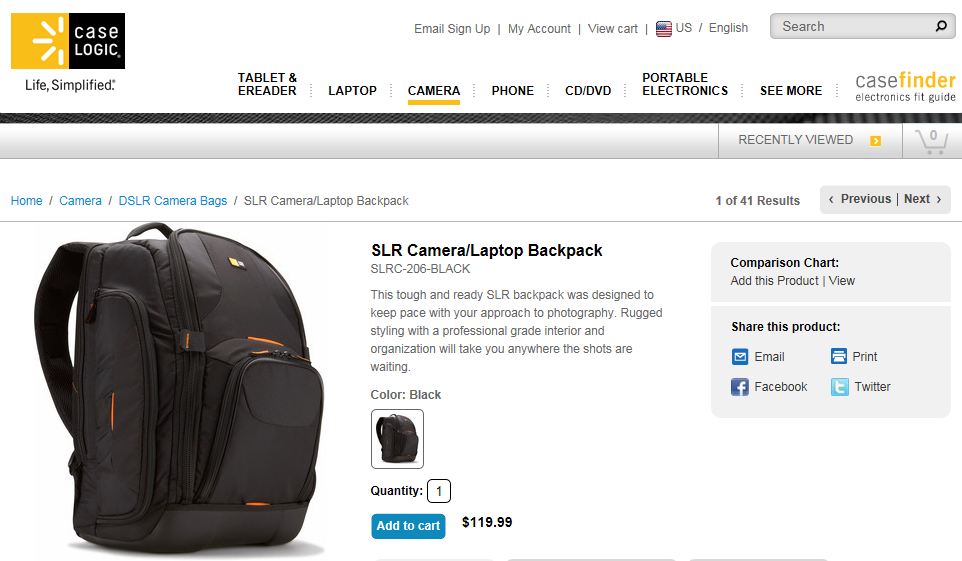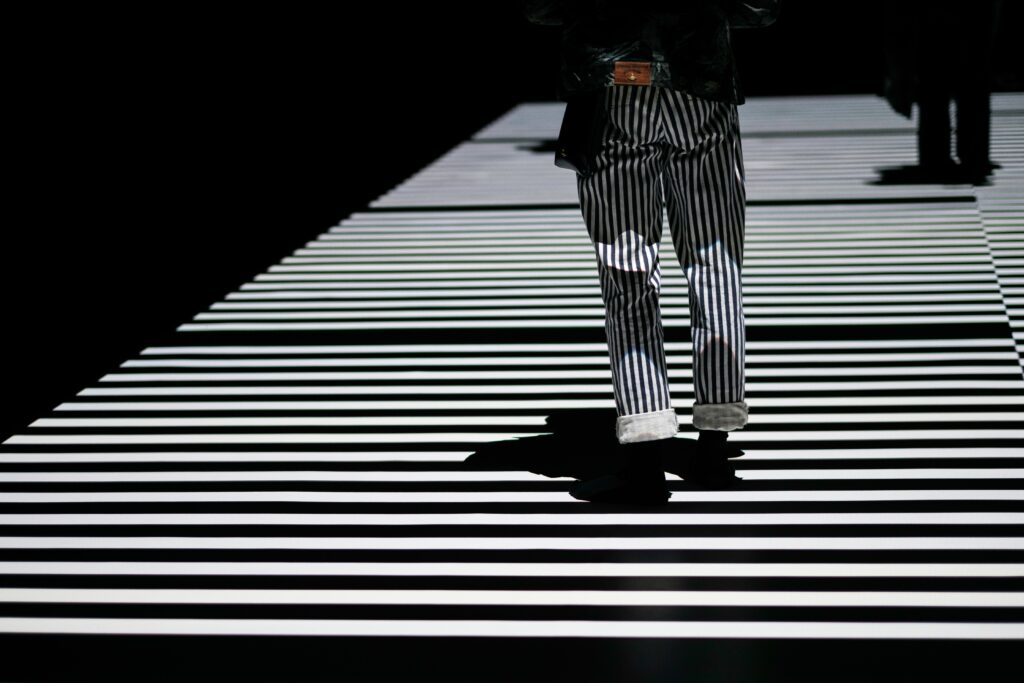Photographers are always fired up for the next distance and day trip which means packing the right cameras, lenses and gear. Sometimes day trips can require as much planning as traveling away from home. Since many of the writers for Light Stalking spend a quite a bit of time in planes, trains and automobiles, we thought it would be helpful to share our travel tips on 1) Planning for trips and shoots 2) Packing and 3) Gear.

Lufthansa 747 rests next to a Frankfurt lounge by Angelo DeSantis, on Flickr
Planning Your Travel
When traveling, accommodations need to be made in advance. To maximize your opportunities as a photographer Jason D. Little says his travel tip is: “Just like you would research hotels, restaurants, transportation and attractions before you travel, you should also research the lay of the land before you get there. Then you can make a more informed decision about which lenses to take with you and have a better plan that makes the most of your time.”
Rob Wood, Light Stalking’s fearless guidepost and Editor, offers the following insight, “When you travel, you come across a lot of amazing backdrops, and amazing people. One trick though is to get them together. Often it's difficult. One way is to find a backdrop that is of interest and set up your camera for a quick shot. Then sit down and wait. When somebody (or something) interesting comes past, you are all set up and ready to go. You can quickly capture the shot complete with an amazing background.” This also gives you moments to enjoy your time to savor the local sites.
For nature and wildlife photographers, Sheen Watkins' travel tip is, “Researching and reaching out to camera clubs and local nature photographers that reside in the destination area in advance. They are more than happy to offer recommendations on local, hidden gems that are off the beaten path.”
What to Pack in Your Bags
Choosing which lenses to pack can be stressful for us and entertaining for those around us to watch. For a bit of fun, Jason Row’s article What Type of Photographer Are You? was quite entertaining in addition to providing a couple of ah-ha moments. On any given day, many can identify with the various camera, lens-laden photographers described.
As a bird and nature photographer, Sheen readily admits, “Before photography, it was about which shoes to pack. Now it’s decisions on lenses, cameras, gear and this is the most stressful part of the trip. I know that at any given point along a trail that telephotos, macros and wide angles can all be easily used. I'm getting better at streamlining but still have a long way to go.” When hiking, she typically carries a DSLR with a telephoto and a full-frame with one lens. Her packed staples to choose from include a DSLR with 2 lenses, a 70-300mm and a 150-500mm. She also packs a full-frame camera with a 14-24mm wide-angle, 105mm macro and a 24-85mm general purpose lens.

Photographer's Travel Checklist – Sheen's Nature Photography
Jason D. Little, an avid street photographer, recently wrote an article about prime lenses. Someone inquired about traveling with primes, realizing that they can’t carry everything with them. This photographer wanted to know if they would be ok with just a 50mm prime.
Jason's travel tip here is, “It all depends on what type of shooter you are. When you’re trying to shoot a little bit of everything, that’s where a zoom lens really proves valuable. But, I have traveled with just a 50mm and a 100mm macro lens; I know 50mm isn’t all that wide and 100mm isn’t terribly long, but I was satisfied with how that worked out for me. I knew I wanted to shoot street scenes and architectural details. If you have an idea (plan) of what you want to shoot you can definitely travel with just a couple of prime lenses.”
Assistant Editor Ritesh Saini adds, “If there is a particular lens or piece of gear that you absolutely need on your trip but cannot afford to buy it or do not want to invest in it just for a small trip, you should remember that you can always rent it. For a small price as rent, you can return back with images that you so dearly wanted to photograph. You just need to find out where in your city you can get quality lenses or gear for rent.”
For Sheen and others who carry several pieces of gear, checking your itinerary and knowing the size of your plane is helpful. The Luggage Online webpage offers carry-on guidelines for some of the large carriers as a starting point. Over a million miles of travel have reinforced Sheen's guideline of ‘if it matters, the only option is to carry it on or don't take it.”
Regional, small carriers means dividing gear across two smaller bags. One goes under the seat and the other in the small overhead compartment. Reminder: on a regional, a 20” roller gets checked at the gate – for the safety of camera gear, this is not an option!
Carrying Your Gear: Bag Considerations
With today’s technical fabrics, there are diverse, high quality camera bags, backpacks and rollers to choose from. While mostly black, gray, more shades of black and gray, some interiors are brightening up a bit to make it easier to find the small stuff that can get lost. Examples include: Tamrac, Kata, Naneu, and many more.
Check out this article on the best DSLR camera bags for travel. It includes information about bags across different categories such as backpacks, sling backs, holsters and where to find some of the best prices.
Both Jason D. Little and Sheen have cycled through their fair share of bags.
When Jason needs to carry a lot of gear and his MacBook, he goes with his Case Logic SLRC-206. When he’s going light, one camera with an extra lens, he carries the Lowepro Event Messenger 250 shoulder bag. Check out his article from last year, “What's in Your Bag? Be Sure to Travel with These 9 Photography Accessories”
Sheen uses two different approaches based on travel type. “For home storage of camera gear, road and air travel on large planes, the Tamrac 7X is my gear protection bag of choice. It’s thick padding protectively holds multiple cameras and long lenses. The downside is when fully loaded with camera gear and MacBook it weighs 35 pounds. That weight does not include the tripod (note: the tripod is the only gear I will check in a suitcase). I can’t hike with this bag as I would fall over backwards. Instead it’s what I pull my gear from and put into a Daypack.”

Tenba Vector Daypack
For regional air travel and day hikes, Sheen's go-to bag is the Tenba Vector Daypack (see above). At two pounds, it'll hold a camera, a laptop and a few lenses and has a protective rain cover. Every compartment is Velcro adjustable. The ability to move each compartment allows for a camera with a 150-500mm lens attached to be stored. When traveling on regional planes she divides her gear across two daypacks and carries them on the plane. “Sensible, easy and the cadmium red (for the guys, they offer similar daypacks in black, gray and tan) option is a nice change from the black bag. The one word of caution is that it does not have as thick of padding as other bags, which reduces the weight but does increase the ‘be careful’ factor.”
Whether it's a day trip or international travel, our gear can make the difference between a good trip and a great one loaded with terrific images. Taking the time to plan, organize and do a final run-through ensures you maximize the photography opportunities!
Happy Shooting & Safe Travels!





